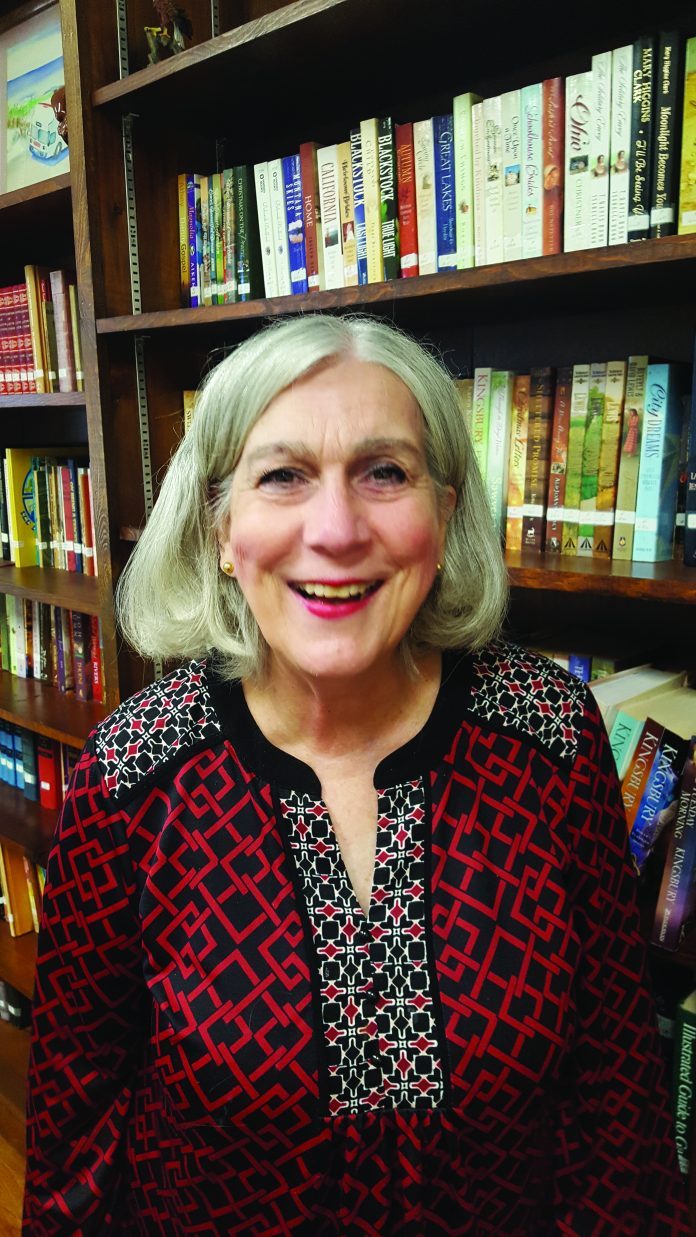By Beth Pinyerd
Jan. 15 is Dr. Martin Luther King’s Birthday. We reflect upon his life as one stressing sharing and caring for each other. For two and three-year-old children, we realize that it is very hard for them to share because their identity is locked into what they have, such as a truck, doll, or teddy bear. At age 4, children begin to understand what sharing is. Children ages 6,7 and 8 begin to understand and apply the importance of sharing and cooperating.
While teaching children about caring for others, we as teachers and parents have to apply this to their friends and family in order for them to understand. One winter craft that children love to do is to make snowflakes out of circles, squares and rectangles of paper.
One folds the paper in half then fold it into a cone. One can cut different notches and designs with the paper. When one unfolds the paper, children and adults are fascinated by the unique designs. The snowflakes can be decorated as the children desire.
Personally, I love to use glitter so they can shine! This simple project can prompt a simple lesson or family “sit and chat” of how we are all different and unique. Young children love to engage in activities which celebrate the differences in friends, family and all people.
On the snowflake, write how we can be nice to each other and help each other in order to keep peace in our families and classrooms. They might just draw a simple smile on their snowflake or draw a helping hand to show that they care for others. In the classroom, these can be put on the bulletin board or stretched across the room. At home, snowflakes of kindness can be put on the refrigerator, mirror or wherever family members can see it.
Compliment the children when they are playing nicely, helping each other with chores, or otherwise cooperating.
At home and at school, we can discuss that a hero is a person whom many people admire and want to be like. Explain to the children that Dr. King was a hero because he was brave in encouraging all people to get along no matter what skin color, culture or background.
Ask the children if they have ever had a dream. Let them tell you about their dream. Explain to them that Dr. King had a dream that all people everywhere would get along and that we would have peace.
Having children draw their dreams of how we can help others is a good sharing lesson. As a teacher, I have done this craft lesson with cloud and rainbow shapes being drawn on by young hands. Again, hanging these up around the classroom or in the home reminds us of the goal and dream we strive toward for world peace.
Pinyerd has taught young children in the early childhood classroom for 34 years as well as outreaching to the elderly in intergenerational settings. She has taught and outreached in the schools in Opelika and Baldwin County. She holds a master’s degree in early childhood education as well as a bachelor’s degree in family and child development, both from Auburn University. Her husband is the late Carl Pinyerd and she has one son, Gus Pinyerd, who has taught her so much about learning. Classroom Observer is here to serve the community in sharing the wonderful teaching programs in our local public schools, private schools, and homeschools. The column is provided to enrich the education of our children, youth and families. Classroom Observer welcomes educational news, school news, pictures, and events by e-mailing her at donnapinyerd@charter.net

